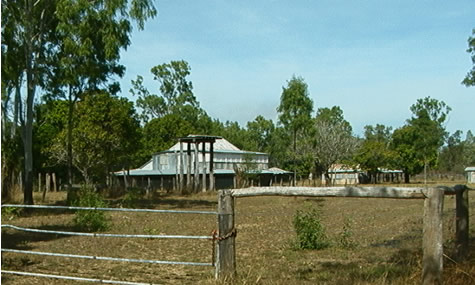Early homesteaders in the Cape York Peninsula faced many challenges. Cattle stations, originally established to provide beef for the Palmer River gold miners, became self sufficient outposts on the frontier.
Fergus O’Beirne purchased the land for the original Laura homestead in 1879. Even though the gold rush began to decline about 1880, the fledgling cattle industry was beginning to hit its stride. By 1894, the Laura Homestead was running approximately 8000 head of cattle.

The isolation of the cattle stations was only one of the difficulties faced by the early settlers. When supplies were needed, station owners could expect a two to three day ride to the nearest supply center. However, during the Wet season, roads and rivers became impassable.
Due to these types of conditions, it became necessary for cattle stations to become their own supply centers. Homesteaders would grow their own crops, including vegetable gardens. A blacksmith shop was able to make repairs on wagons, plus keeping shoes on the horses needed to gather the cattle. Beef could be processed on the homestead to feed the many Aboriginal workers hired as stockmen.
By the 1960s, the old Laura Homestead had deteriorated. After renovation efforts, the outbuildings which stand today, serve as a tribute to the hardy pioneers of the Cape York Peninsula.
April